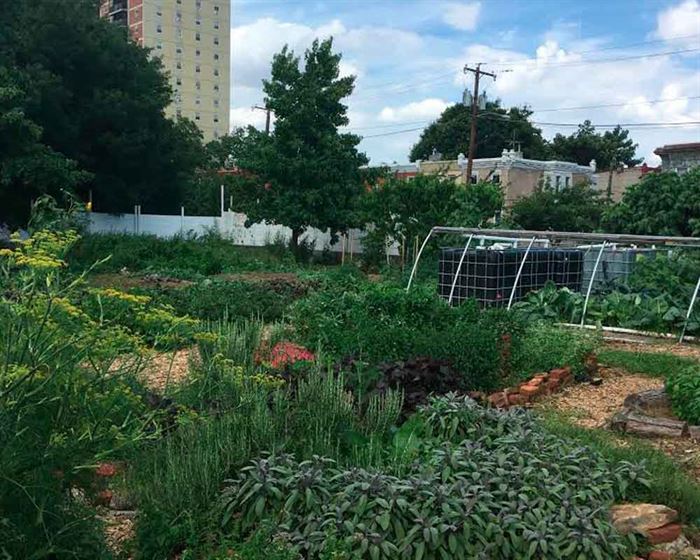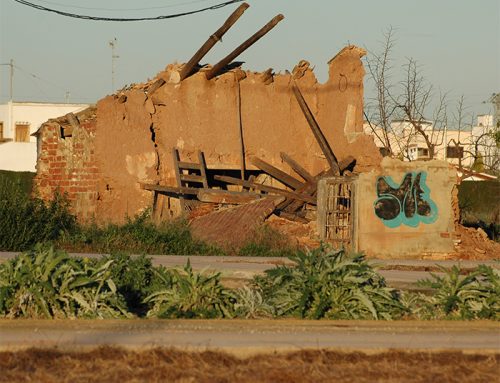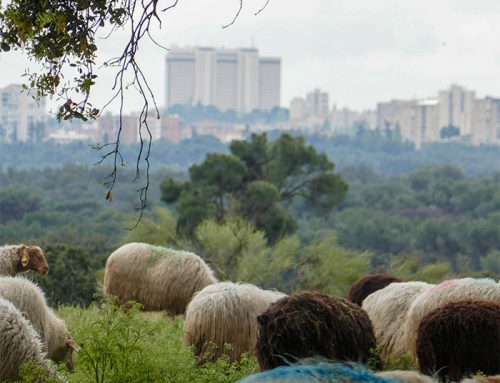The solution to food deserts: Urban Agriculture in the form of Community Gardens
06/11/2017
Tiempo de lectura: 5 minutos
What are Food Deserts?
With the contradictory definitions of: food, signifying the objects we eat, and deserts, signifying dry, desolate areas with a lack of food, the words put together are confusing. According to the Food Empowerment Project, “Food deserts can be described as geographic areas where residents’ access to affordable, healthy food options (especially fresh fruits and vegetables) is restricted or nonexistent due to the absence of grocery stores within convenient travelling distance.” Therefore, residents in these areas are left with no food at all or only corner stores where all the food options are fast food, which are heavily processed with high quantities of salt, high fructose corn syrup, and saturated fat. To lead a healthy life, it is imperative to eat foods that have vitamins and important nutrients to create a balanced diet.
When residents eat food without proper nutrients, they are creating an environment within their body for current and future health problems. In a country like the U.S where healthcare is not universal, people get “stuck in a hole” because they can not improve their food nor pay for the medical attention they need due to the food they have consumed. The quite obvious correlation between areas with lack of food access and lower income to areas with the people whom have the higher rates of health problems can be seen in the infographics in “High and Dry in the Food Desert”.
The various infographics indicate high levels of the variable with a darker shade of the color. From this, it becomes apparent that the areas with less food access are the same places with higher rates of the obesity and diabetes. Even though the article includes a quote “you always have to be careful about suggesting cause and effect” from Mari Gallagher, there is an obvious pattern that is supports the problem with food desserts (Matson, John). Therefore, the big question is: What can be done to improve this situation?
What is urban agriculture and how does it provide the solution?
Urban agriculture is agriculture introduced into an urban setting. Therefore, instead of the usual acres of land for crops, people grow things on roofs or on a plot in their community. This would provide fresh fruits and vegetables to residents in the community, with the additional benefit of unifying the community. With our current society consumed in technology and work, the idea of community seems to be dwindling. However, if there is a garden that needs to be attended to by the community for the community’s benefit, people will come together to take care of it.
As the foundation, RUAF Foundation, notes, “The most striking feature of urban agriculture, which distinguishes it from rural agriculture, is that it is integrated into the urban economic and ecological system: urban agriculture is embedded in -and interacting with- the urban ecosystem. Such linkages include the use of urban residents as labourers, use of typical urban resources (like organic waste as compost and urban wastewater for irrigation), direct links with urban consumers, direct impacts on urban ecology (positive and negative), being part of the urban food system, competing for land with other urban functions, being influenced by urban policies and plans, etc.”
Because urban farming, a form of urban agriculture, would be integrated into the urban setting, it allows for people to see where their food comes from. The process of creating food – planting a seed, watering and caring for the plant, harvesting it, and eventually eating it – allows the gardener to see the start and finish of their food. This can be the best tool to prove the importance of eating healthy and the simplicity of growing food.
Comparing two cities: Philadelphia and Oakland
According to a report done by The Food Trust, “23.5 million [Americans] cannot access a supermarket within one mile of their home… people living in low-income neighborhoods, minority neighborhoods, and rural communities face much greater challenges finding healthy food, especially those who lack good transportation options to reach full-service grocery stores.” This is a problem. Growing up in Oakland, California and attending college in Philadelphia, Pennsylvania, I have witnessed two cities in the United States, who struggle with food inequity, make the effort to integrate urban agriculture into areas with food access problems.
In the Western part of Oakland, many urban farms can be seen from the elevated public transportation systems, nestled on street corners that were previously concrete slabs or people’s backyards. This has created more food for the community but also opportunity for employment. Some examples of organizations that run urban farms are: City Slicker Farm, Planting Justice, and Phat Beets Produce. As the Oakland Food Policy Council notes in their booklet, Transforming the Oakland Food System: A Plan for Action, there is an emphasis on engaging youth and the community “so they are equipped to make healthy choices about food and the food system”. It is not only important to have the access for food, but the education about the benefits of fresh food; there is no point in having an urban farm if no one wants it.
Similar initiatives have taken place in the city of Philadelphia, which has residents in similar societal and economic inequalities situations as Oakland. Some examples of organizations that run urban farms in Philadelphia are: Bartram’s Garden, Greensgrow, and Urban Creators. I have personally gone to Bartram’s Garden and Urban Creators and seen the impact they can have on the community. They not only bring the community together, including the youth, but they provide an opportunity for the people in the area to be exposed to fresh foods.
I believe as citizens begin to see the social and economic benefits of urban agriculture within their city and in others, there will be more and more support behind the movement.
Milan Urban Food Policy Pact
Starting in 2014 and presented to the United Nations in 2015, the international Milan Urban Food Policy Pact has 159 cities from around the world committed to “work to develop sustainable food systems that are inclusive, resilient, safe and diverse, that provide healthy and affordable food to all people in a human rights-based framework, that minimize waste and conserve biodiversity while adapting to and mitigating impacts of climate change” (València 2017). Click here for more information about this pact for global food justice.
Text and photograph: Reva Swiedler


